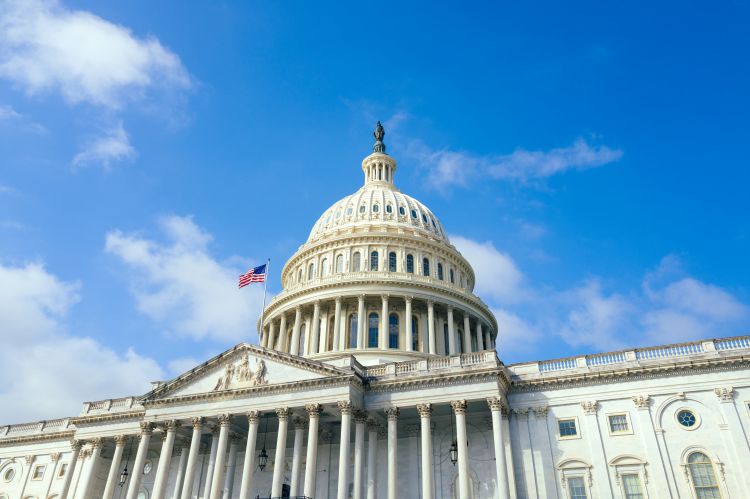The Impact of OBBBA on Nonprofits

In Summary
- Effective January 1, 2026, the OBBBA allows non-itemizing individuals to deduct up to $1,000$ ($2,000 for joint filers) in charitable contributions, opening a new opportunity for nearly 90% of taxpayers to claim a benefit for giving.
- Effective January 1, 2026, corporations must now contribute at least 1% of their taxable income before they can claim any charitable deduction, a provision industry experts worry could reduce total corporate giving.
- The Act includes cuts to certain federal social programs beginning October 1, 2025, which may lead to increased demand for services from nonprofits in healthcare, housing, food assistance, and social services.
- Nonprofits need to adapt by reviewing donor data for new eligible givers, engaging corporate partners early to align with the 1% rule, and preparing for increased demand for services by assessing capacity and exploring new funding sources.
_________________________________________________________________________________________
When the One Big Beautiful Bill Act (OBBBA) became law on July 4, 2025, it brought major updates to tax policy and federal spending. The changes affect everything from how individuals claim deductions to how corporations make gifts, along with adjustments to several major federal programs. For nonprofits, these changes will likely influence donor behavior, and in some cases, the amount of help people seek from community organizations.
The effects will not be the same for every nonprofit. Large national institutions may focus on one set of financial and operational changes, while small and mid-sized nonprofits could feel the impact through shifts in giving habits and increased demand if certain programs lose funding. To help clients, prospects, and others, Klatzkin has summarized the key details below.
Key Provisions Affecting Nonprofits
Individual Giving — Starting January 1, 2026, individuals who do not itemize will be able to deduct up to $1,000 in charitable contributions ($2,000 for joint filers). This opens the door for many more taxpayers to claim a benefit for giving.
For those who itemize, the deductions now apply only if total contributions exceed 0.5% of adjusted gross income (AGI) with certain modifications. For taxpayers in the top bracket, the law also caps the tax benefit at $0.35 for each dollar of itemized deductions. Some industry leaders have warned that any limit on the deduction’s value could result in reduced charitable giving over time.
Corporate Giving — Also effective for tax years beginning January 1, 2026, corporations must give at least 1% of taxable income before any charitable deduction applies. For example, a company with $5 million in taxable income would now need to contribute $50,000 or more in one year to qualify for a deduction. The 10% overall limit remains, and unused deductions can be carried forward for up to five years.
Many nonprofit organizations urged the Senate to drop this provision, citing concerns it could discourage giving. Some estimates suggest this new requirement could reduce annual corporate charitable contributions by as much as $4.5 billion.
Unrelated Business Income Tax (UBIT) — The OBBBA does not make changes to the rules for UBIT. This tax generally applies to income from an activity that is not “substantially” related to the organization’s exempt purpose, such as rental income from certain properties or advertising revenue. While the rules remain the same, nonprofits will still want to review activities for compliance.
Federal Funding — Cuts to certain social programs are set to begin with the federal fiscal year on October 1, 2025. Nonprofits in healthcare, housing, food assistance, and social services could see more people seeking help without corresponding increases in federal support.
Strategic Planning Considerations
The National Council of Nonprofits views the OBBBA as a mix of opportunities and challenges. One of the most significant opportunities comes from the universal charitable deduction, which will be available to the roughly 90% of taxpayers who do not itemize. This creates a larger pool of potential donors. Attracting and keeping these donors likely means updating messaging that points to the new tax break. Then, nonprofits will want to consider highlighting the measurable impact of each contribution to help create a sustainable donor relationship.
Major donors and corporate partners may respond differently to the changes in OBBBA. Some companies may fall short of the new 1% giving threshold and reduce contributions, while others may increase them to qualify for a deduction. Nonprofits whose missions align with a company’s brand or community goals are likely to be more competitive for those dollars. For high-income individual donors, the higher giving floor and reduced caps may cause them to review giving patterns, making stewardship efforts even more important.
Many nonprofits are starting to prepare for the changes now. Common steps to build resilience include:
- Review donor data to identify who may now be eligible for the individual deduction and create targeted appeals for them.
- Engage corporate supporters early in the fiscal year so they can plan giving in line with the new requirements.
- Demonstrate measurable outcomes and maintain transparency to compete for both individual and corporate gifts.
- Prepare for potential increases in demand for services, especially in areas affected by federal program cuts, by assessing capacity, prioritizing essential programs, and exploring new funding sources.
Contact Us
The OBBBA may change how many nonprofits approach funding, operations, and donor messaging. Understanding the changes and planning ahead will help organizations stay in a strong position for the months and years ahead. If you have questions about the information outlined above or need assistance with another tax or accounting issue, Klatzkin can help. For additional information call 609-890-9188 or click here to contact us. We look forward to speaking with you soon.
